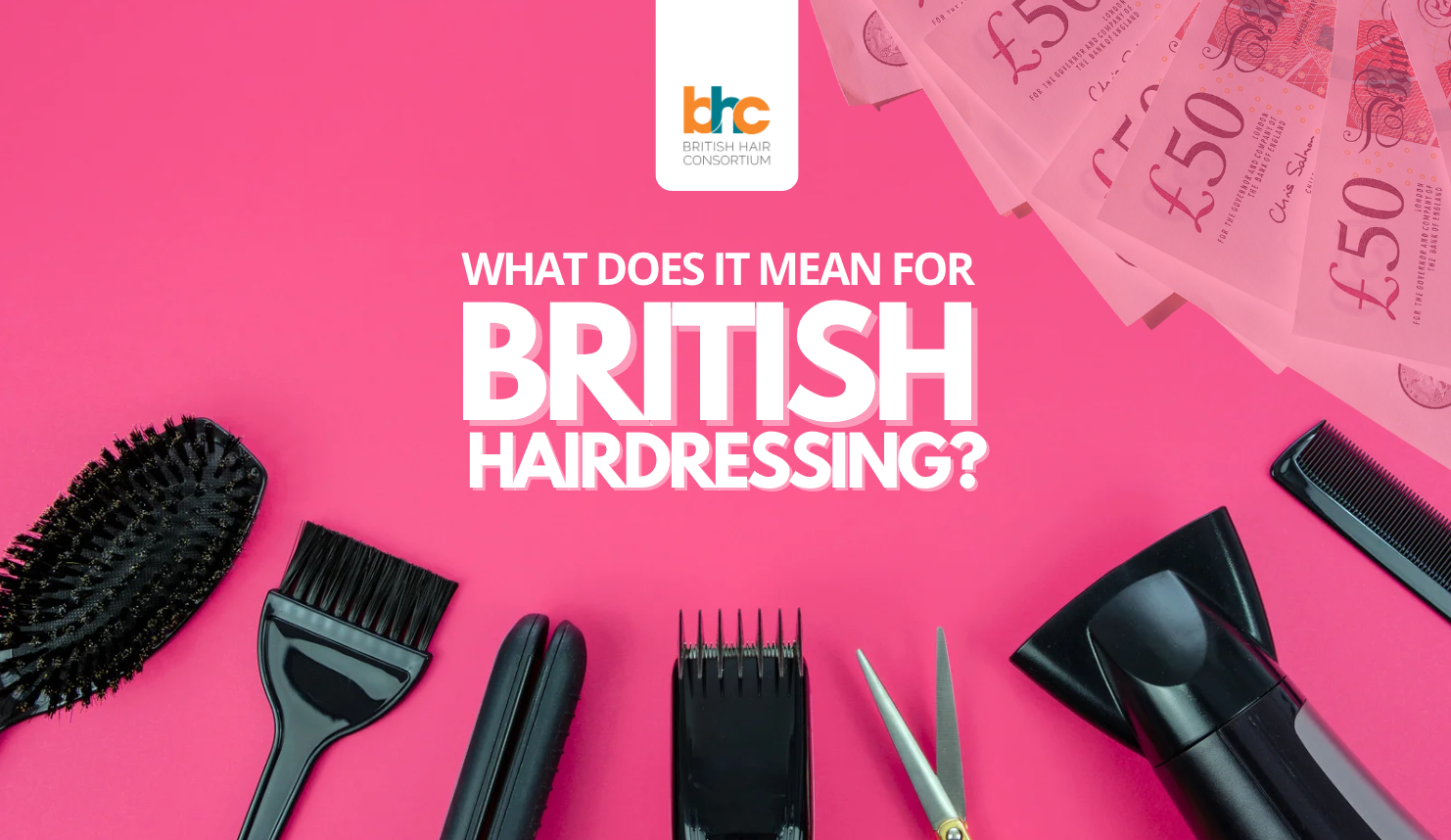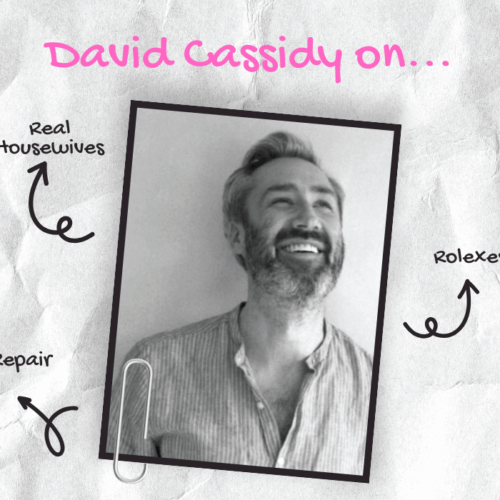The future of salons and apprenticeships are at risk, according to a recent survey carried out by the British Hair Consortium.
Results have shown that since the recent budget announcement, salon owners have been forced into a highly challenging position, with many questioning their future business structure and their ability to afford the pending business costs.
The October 2024 Budget has put even more pressure on an industry that has already been struggling with the impact of the cost of living, increased electricity bills, and for many the recovery from Covid.
The survey results show:
- A generation of apprentices are at risk. Figures show numbers are already down by 82% vs pre covid (Department for Education).
- 42% of respondents are now considering closing their business in the next 12 months.
- The direct employment of staff through PAYE is now at risk of extinction with 98% of respondents considering switching to self-employment (even if it isn’t lawful) but feel forced to do so in order to survive. (80% saying they are forced to consider switching to self-employment and a further 18% saying maybe.)
- 95% of those that employ apprentices said that they will reduce the number of apprentices they have, not take on any more apprentices or have already made all apprentices redundant.
- 94% are either extremely concerned for the future or believe a generation of apprentices will be lost.
- 98% of respondents do not believe our sector is valued by the government.
With a total of 98% of respondents considering in some capacity, switching to a self-employed business model, the question of the professionalism and future of the industry has been raised. When done correctly and in line with HMRC guidelines, this can work, however the reality can be a very different picture. “Many workers relinquish their employment rights in exchange for promises of more money in their pocket. Furthermore, many of these unscrupulous business owners use this model as a vehicle to avoid VAT by splitting income at worker level,” says Hellen Ward, from the British Hair Consortium.
She suggests that direct employment not only enhances social and economic goals but safeguards the rights and benefits of workers, and is at the heart of the government’s improvements to employment rights. “But our sector cannot maintain this model it if it becomes unsustainable and uncompetitive to do so,” she adds.
Over the last 5 years 37% of all employees have been lost, of which apprentices have been hardest hit. The October 2024 Budget has accelerated this process, and the employed model is under such pressure that it is unlikely to survive in many cases. As a result of the budget a forced retreat from PAYE employment has been accelerated rapidly. Without mitigation the number of employers will fall with the subsequent impact on Treasury receipts (both PAYE and VAT) and worker rights will be destroyed.
“The truth is that our industry has no clear understanding of guidelines on what a legitimate and legal business model is. There are now many cases which have set precedents (previous legal cases) which have tested the characteristics of relationships and determined them as employed. Salon owners who fall foul of the law only find this out when they are hit with fines that often are so high, the business has to close anyway and, in many cases, end in bankruptcy,” says Collette Osborne from the British Hair Consortium.
Office for National Statistics figures show Employees in the hairdressing sector are down by 45,000, or 37% of the employed workforce, since 2018. In the same period 22% of all workers (employed or self-employed) have disappeared from ONS stats in the same period, which raises the question of where they have gone from a tax and employment perspective?
With the future of salons in the spotlight, and apprentices at risk of extinction, perhaps the greater risk is, that if increasing numbers of salons switch to a self-employed model, without understanding if their salon legitimately fits this business model, the implications from HMRC further down the line could be far more detrimental.
“There’s never been a greater need for the industry to join together to ensure that everyone is trading under the correct terms. If you want to be properly represented then join one of the six business organisations that are most representative of our industry,” says Toby Dicker from the British Hair Consortium.
See the full budget release HERE
haircouncil.org.uk/
thefha.org.uk/
www.salonemployersassociation.co.uk/
mhfed.com/
fellowshiphair.com/
habia.org/





